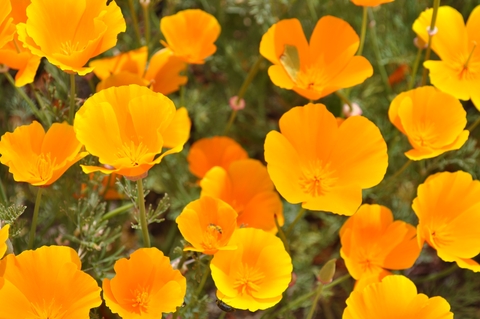Where does California get its water?

 There’s a famous song “It Never Rains in California” … which is quite true. Odd that a state with very little rainfall and arid-like conditions is an abundant water playground for residents and visitors alike. We enjoy lush lawns and a seemingly plentiful supply. As a Sacramento plumbing company, we’re always grateful for the water on which our business exists. But where does all that H2O come from?
There’s a famous song “It Never Rains in California” … which is quite true. Odd that a state with very little rainfall and arid-like conditions is an abundant water playground for residents and visitors alike. We enjoy lush lawns and a seemingly plentiful supply. As a Sacramento plumbing company, we’re always grateful for the water on which our business exists. But where does all that H2O come from?
Background
California is the most populous state in the country, and the world’s eighth largest economy. The climate makes for wonderful agricultural opportunities, and the transportation infrastructure helps support huge manufacturing and shipping hubs. From the glitz of Hollywood to the tech hot spot of Silicon Valley and the farms of the Imperial Valley, water usage is the driver of success.
More than half of the state is arid, and depends on outside sources for water. Getting the water to where it was needed or desired was rarely easy and almost always contentious. William Mulholland and Los Angeles’ fights with the Owens Valley are the most infamous example, with the “Owens Valley War” the most notorious aspect.
Los Angeles Aqueduct
Mulholland’s triumph was the Los Angeles Aqueduct. Today, it’s only one of a network of aqueducts bringing water to where Californians need it. Most are like the Los Angeles Aqueduct and transport water from basins and snow-covered mountains within the state. It comes a long way to reach us.
Colorado River Supply
The Colorado River provides water usage to seven states, parts of Mexico, and several Native American tribes. Naturally, all parties are looking out for their own interests first. Many people in other states upriver resent having to let water they want to use flow by them and go to California.
The Hetch Hetchy Aqueduct provides more than three-quarters of the water for urban San Francisco. It draws primarily from the area encompassing Yosemite National Park. The East Bay also gets most of its water from the high Sierra, via the Mokelumne Aqueduct.
Sacramento Supply
Of course, as a Sacramento plumbing company, our primary concern is Sacramento itself. According to Doug Fetterfly, at Examiner.com, Sacramento obtains its water from two sources: surface water (85%) and groundwater (15%). The American and Sacramento Rivers are a primary source for surface water.
The Central Valley Project brings water to San Joaquin Valley farmland and well as valley cities and towns and the state capitol of Sacramento. Groundwater primarily from wells accounts for between 30 and 40 percent of the water used by the state, but it’s a dwindling resource in some regions. The Imperial Valley is the most dramatic example. Overuse of groundwater has seen the actual level of the ground drop several feet.
Water Conservation
That’s where one of the most critical resources for Californians in the future comes in. Without water conservation, the outside sources and the groundwater supplies will eventually fall short of where the state wants to be when it comes to water supplies. If climate change models are correct and the state faces longer periods of extreme drought, the scenario worsens.
Here at Ace, we support water conservation efforts. Read our article on How to Reduce Water Waste in your home. And, if you have any questions, feel free to reach out. We’d also love to hear about water-saving resources in your home.



